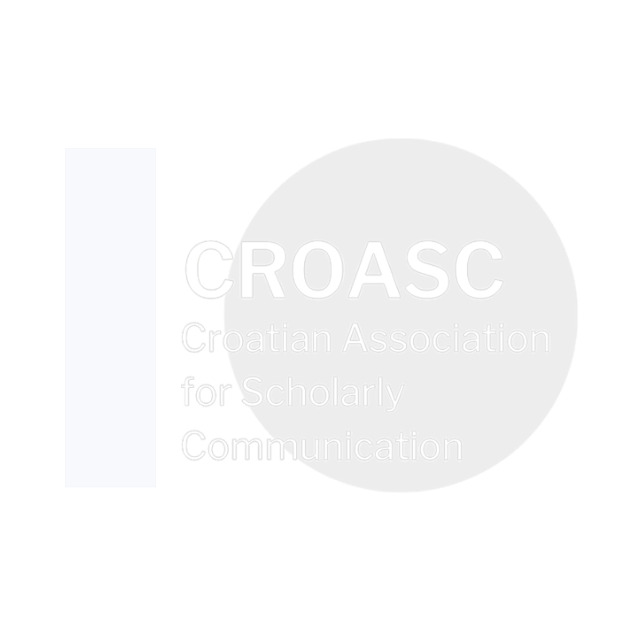10 years of CARE guidelines in publishing case reports in paediatrics: Where do we stand?
Silvije Šegulja, Anja Šegulja Perić, Iva Sorta-Bilajac Turina
15 September 2023
Session 5 ‣ Research integrity, assessment and social impact
9:30 – 11:15
Case report, as an article type in biomedical field, is especially important in paediatrics because it is the optimal way to present new or rare diseases or overlapping syndromes that are usually hard to diagnose clinically (Nissen et al, 2014).
CARE (CAse REport) guidelines are a tool that helps standardize reporting in case reports. Those were published in 2013 (Gagnier et al.,2013) with the purpose to support an increase in the accuracy, transparency, and usefulness of case reports. Given the stated, the aim of this presentation is to examine the actual use of the CARE guidelines in the paediatrics field journals.
Using Pubmed and Web of Science databases, journals in the category of Clinical Medicine – Paediatrics were searched and their instructions for authors and selected published case reports are examined. Based on inclusion crieria journals that publish case reports were included in the study and screened for the CARE guidelines using the CARE checklist.
A total of 184 journals met the criteria, 130 journals (71%) were in the SCIE (Science Citation Index Expaned) category, while 54 journals (29%) were in the ESCI (The Emerging Sources Citation Index) paediatrics category. Most of the journals, 160 (87.5%) publish case reports, of which 44 journals (27.5% ) mention the CARE guidelines in the instructions for authors. There were altogehter 10617 case reports published in 184 journals, of which 3527 in open access.
Of the 44 journals that mention CARE guidelines, 27 journals (61%) are in the SCIE database category and 17 (39%) in the ESCI. There is a significant difference regarding the quartiles of SCIE journals that use CARE guidelines (p=0,041), the higher the quartile, the more journals that use the CARE guidelines (Q1=10; Q2=9; Q3=5; Q4=3).
For the purpose of oral presentation, authors will examine 10% of avaliable free full text case reports (except for the journals that have more then 100 case reports where 10 cases will be examined) and the expected sample size is 144. Two authors will check the compliance of randomly selected case reports with the CARE guidelines using the CARE checklist. As every study, this study has some limitations, it is limited to the field of pediatrics and not all case reports can be examined as they are not avaliable







